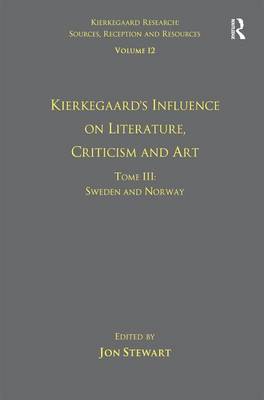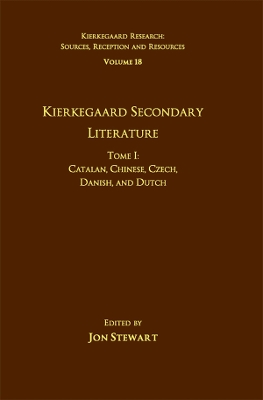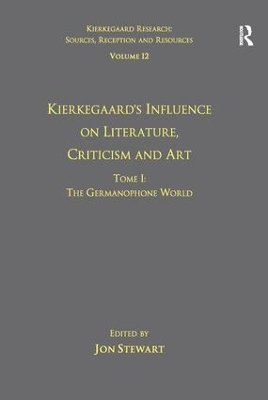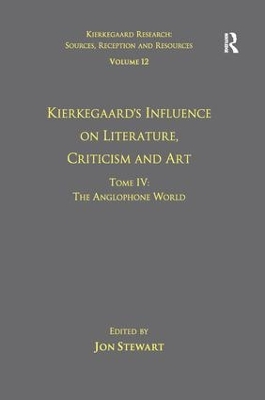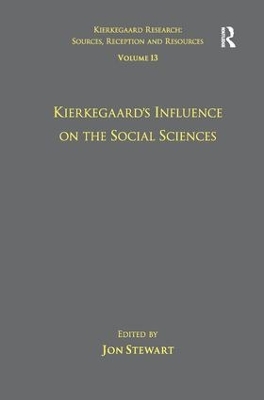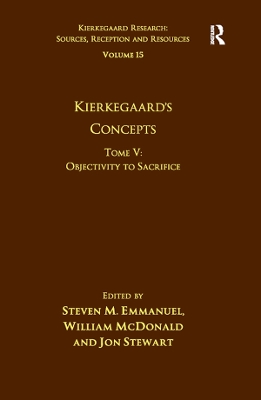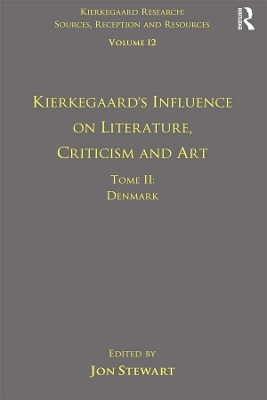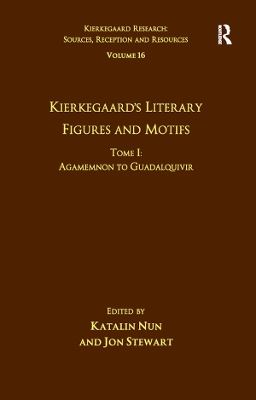Kierkegaard Research: Sources, Reception and Resources
8 total works
Volume 12, Tome III: Kierkegaard's Influence on Literature, Criticism and Art
by Jon Stewart
Volume 12, Tome I: Kierkegaard's Influence on Literature, Criticism and Art
by Jon Stewart
Volume 12, Tome IV: Kierkegaard's Influence on Literature, Criticism and Art
by Jon Stewart
Volume 15, Tome V: Kierkegaard's Concepts
by Steven M. Emmanuel, William McDonald, and Jon Stewart
Volume 12, Tome II: Kierkegaard's Influence on Literature, Criticism and Art
by Jon Stewart
